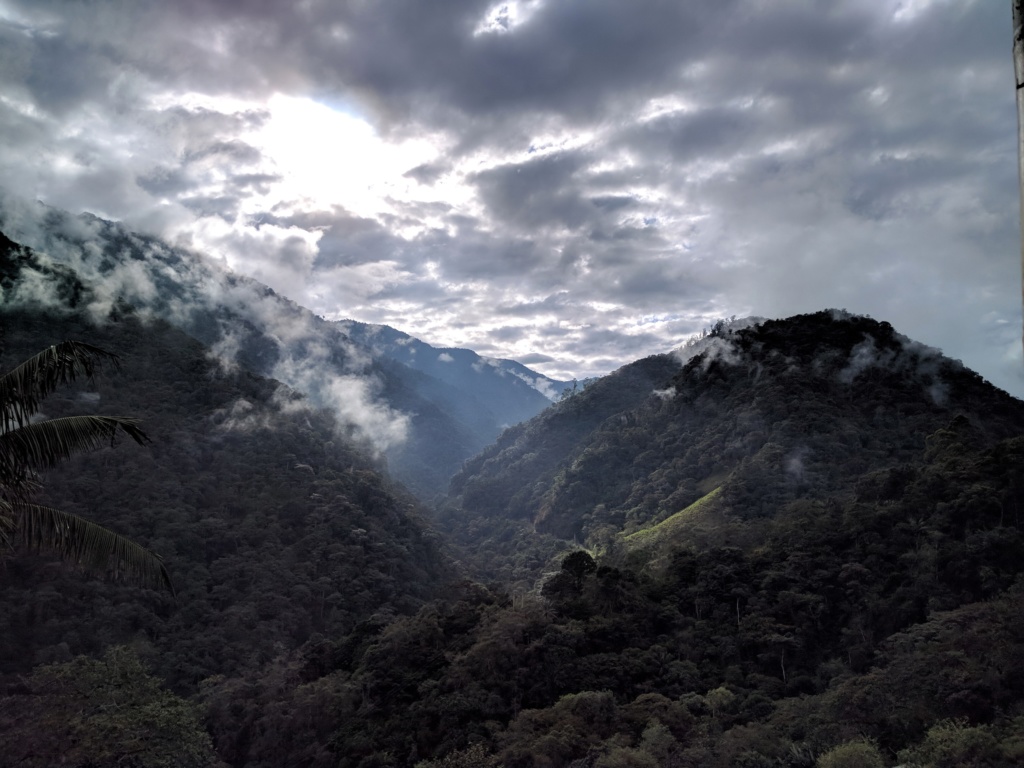
ANNOTATED BIRD LIST- WEST SLOPE November 15-24, 2018
ECUADOR – WEST SLOPE November 15-24, 2018 TRIP SUMMARY Callyn Yorke
I pre-booked an 8-day birding tour with the San Jorge Birding, Quito, covering several hot spots on the west slope of the Andes, from the outskirts of Quito to coastal lowlands of Rio Silanche. The tour included roadside birding and time for exploring on foot, habitats in and surrounding three San Jorge lodges, Quito, Tandayapa and Milpe. Additionally, a day-trip to the Paz Aves finca was arranged by request, which had not been part of the original tour itinerary. Company experts assisted with bird identification throughout most of the tour. An itinerary, bird list and habitat descriptions for the tour were included on the Magic Bird Circuit website and were generally accurate and helpful.
My tour began and ended at the San Jorge Quito Lodge (elev. 3,100m), which provided comfortable accommodations with home-style meals. Vegetarian options were included. The garden had several feeders, attracting hummingbirds, tanagers, finches and a few other bird species. Trails around the lodge transected mature eucalyptus woodland (exotic) with a patchy understory of native grasses and exotic, flowering shrubs.
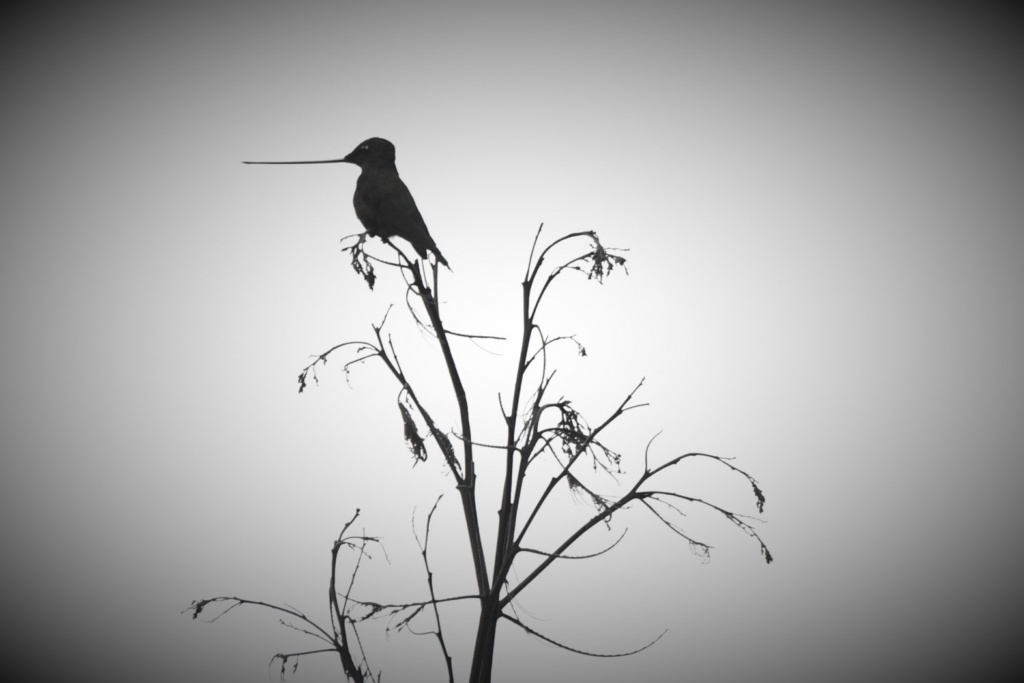
Bird photography opportunities were very good here. Birds commonly seen around the lodge included, Sword-billed Hummingbird, Black-tailed Trainbearer, White-bellied Woodstar, Sparkling Violetear, Shining Sunbeam, Great Thrush and Tufted Tit-tyrant. I spent a total of about 4 hours birding the lodge grounds on 15 and 24 November, 2018.
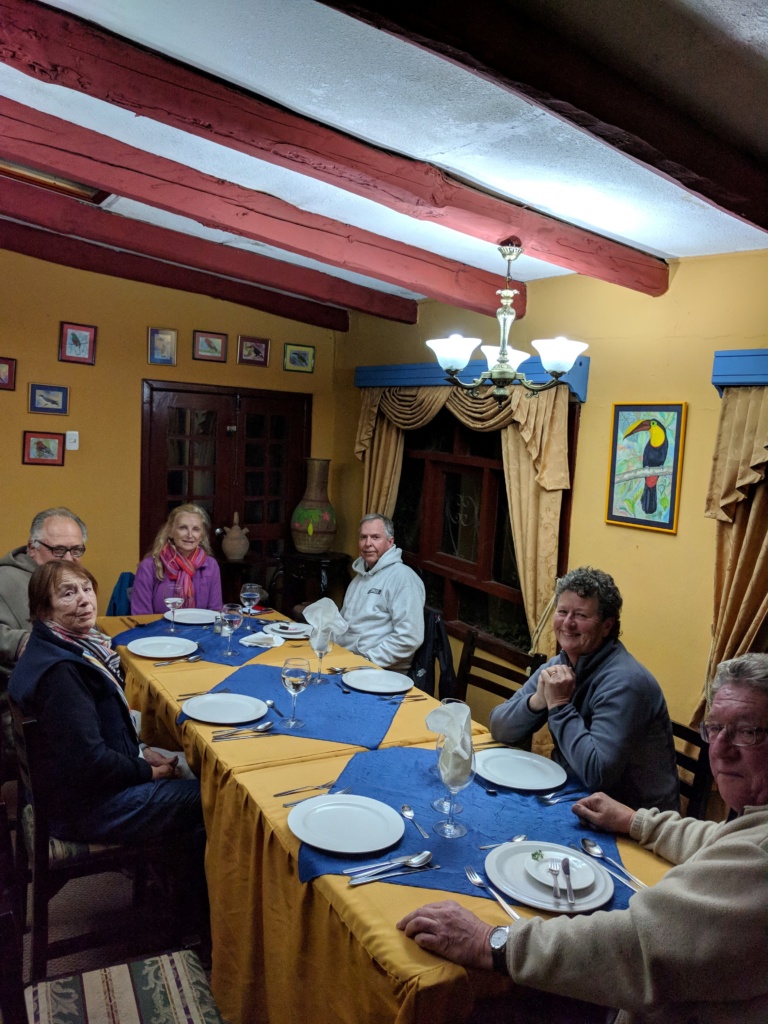
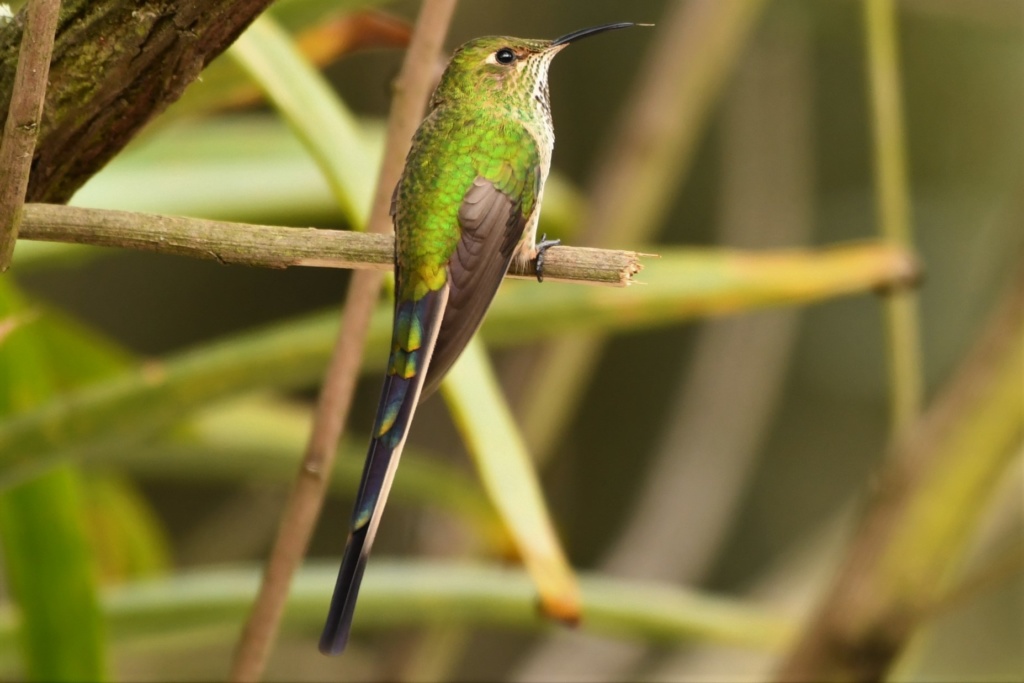
The following day, November 16) included a walking bird tour of the San Jorge Lodge trails in the morning, and a road trip to Jerusalem National Park after lunch. The latter location provided a cactus-acacia subtropical habitat with a distinctive community of birds.
Several of us on the tour, including a driver and guide, walked the well maintained road and trails through this park. Birds found here that were not seen elsewhere on the tour, included Harris Hawk, Giant Hummingbird and Golden-rumped Euphonia.
Around 0700 hrs. on the next day, November, 17, in a 10-passenger van, our group five birders, a driver and guide, left San Jorge Quito Lodge and headed for Tandayapa Lodge via Yanacocha and the Nono-Mindo Road. Our luggage was transported separately. This day-long birding tour transected several major ecological communities, including paramo, montane deciduous forest, riparian-riverine forest, pastureland and scrub. These habitats each supported fairly unique assemblages of birds, though there was considerable overlap in species composition, especially in scrubby second-growth and wooded streams.
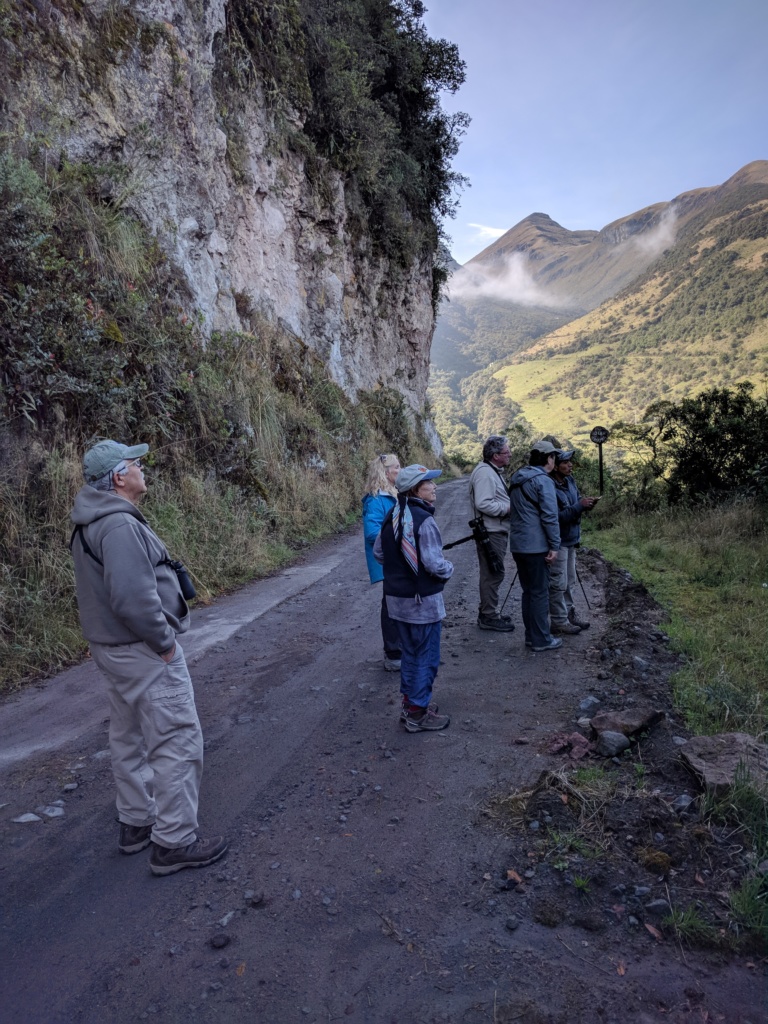
Many birds species were found along this route that were not encountered elsewhere on the tour, including Black-chested Buzzard-Eagle, Burrowing Owl, Plate-billed Mountain- Toucan, Saphire-vented Puffleg, Buff-winged Starfrontlet, Red-crested Cotinga, Glossy Flowerpiercer, Brown-backed Chat-tyrant, Spectacled Redstart, Sierran Elaenia, Cinereous Conebill, Scarlet-bellied Mountain-Tanager and Hooded Mountain-Tanager. We arrived at San Jorge Tandayapa Lodge at 1730 hrs., were assigned our rooms and met on the outdoor deck for dinner at 1900 hrs.
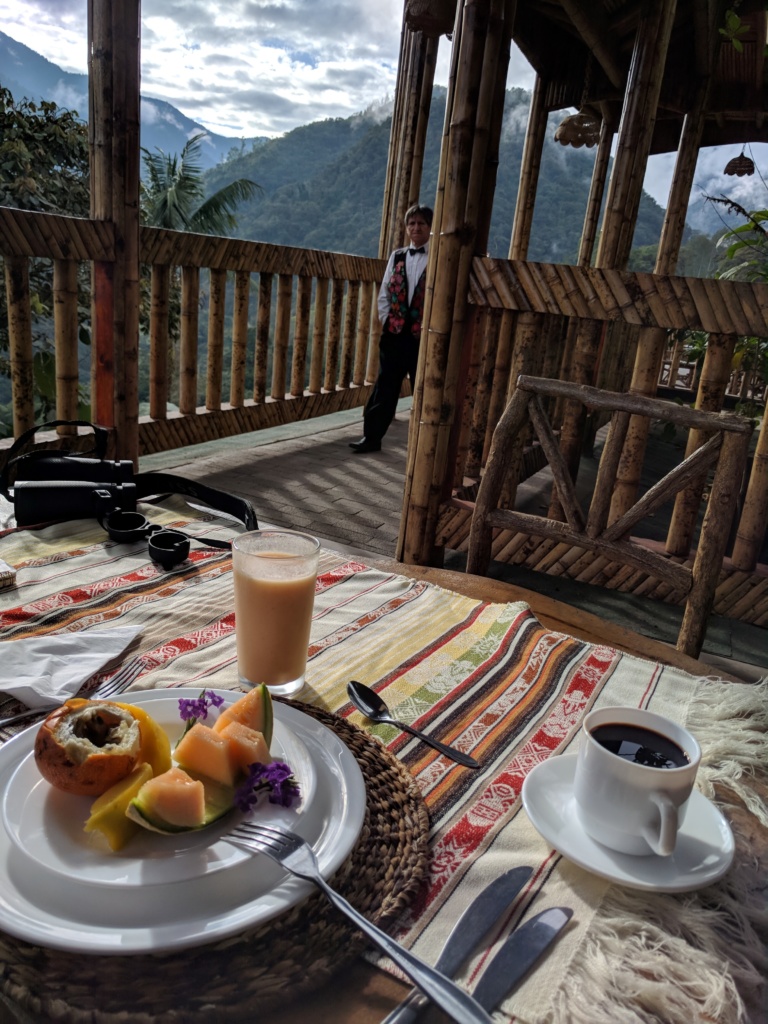
One evening we found an Olingiuito (Bassaricyon neblina) feeding on fruit in one of the deck troughs (photo). George Cruz, the owner said that this animal is rarely encountered in region.
A nighttime moth trap (white sheet and overhead light and ) was worthwhile visiting each morning. An adjacent blind allowed opportunities for photography. Birds found there included Masked Trogon, Azara’s Spinetail, Ornate Flycatcher, Streaked Flycatcher and White-winged Brush-finch.
I stayed overnight at Tandayapa lodge (elevation 1,500 m) on two occasions, 17-18; 21-24 November. Birding was highly productive from the dining area on the main deck (photo), a nearby moth trap, and to a lesser extent the trails. Railings around the main deck included hummingbird feeders and fruit troughs which attracted a variety of birds.
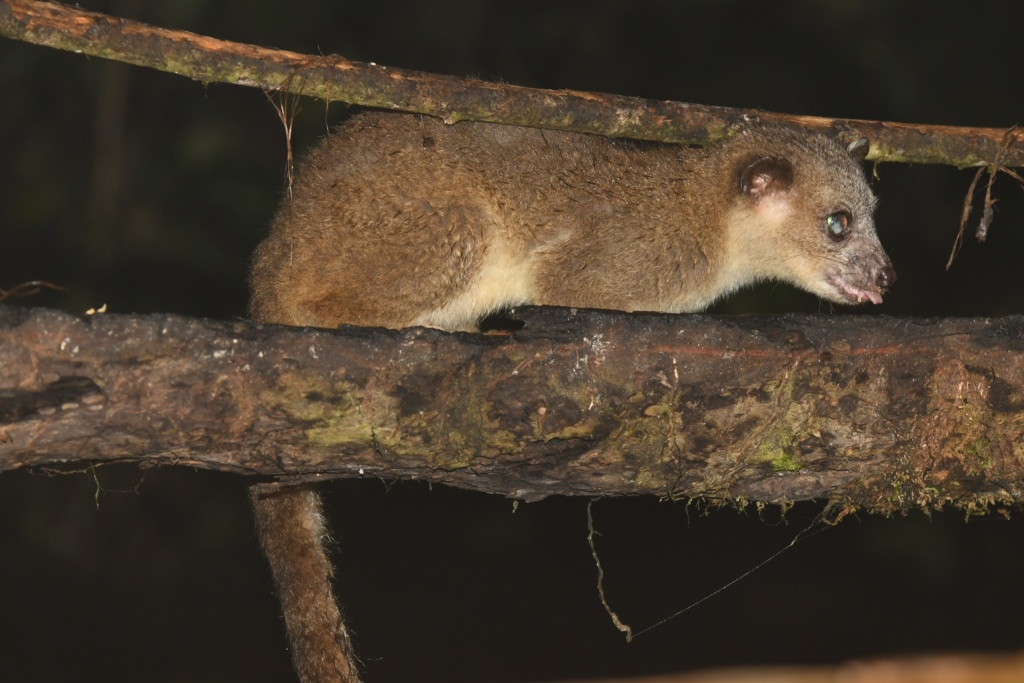
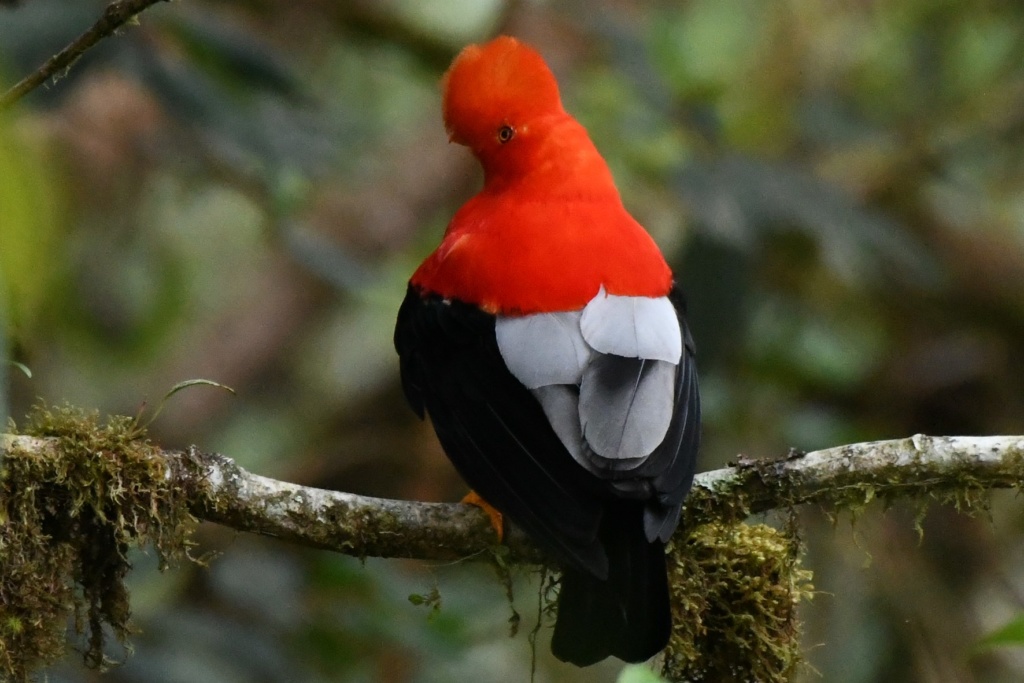
A day-trip to the Paz Aves finca was one of the highlights of my trip (2,000 m). The owner and resident Ornithologist, Angel Paz, quite famous among birders in Ecuador, escorted me around his property in a pickup truck. Specific locations were staked out for a spectacular Cock-of-the-Rock lek, a gregarious trio of Dark-backed Wood-Quail, and feeding stations for four species of Antpitta.
After about an hour observing COR, we drove to a nearby roadside where Angel began his traditional calling in for a Giant Antpitta (Maria, Maria, Maria, etc. – probably Maria’s grandchild) to its traditional feeding area at the edge of the forest. For about twenty years, Angel had been training this and four other species of Antpittas to respond to his calls. Within minutes the birds appeared, hesitated then picked up some wild-collected insect larva left for them on a clump of green moss. Another individual joined the first one, producing an unusual photographic opportunity for this otherwise rare and secretive forest bird. A rapid-fire series of shutter bursts from an audience of photographers continued for several minutes.
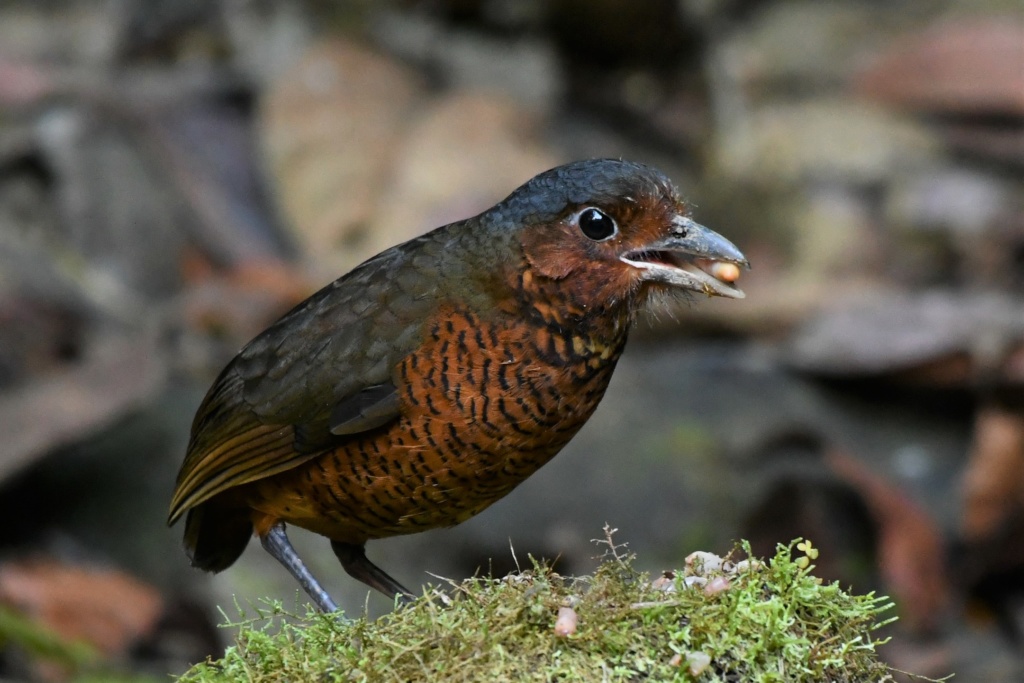
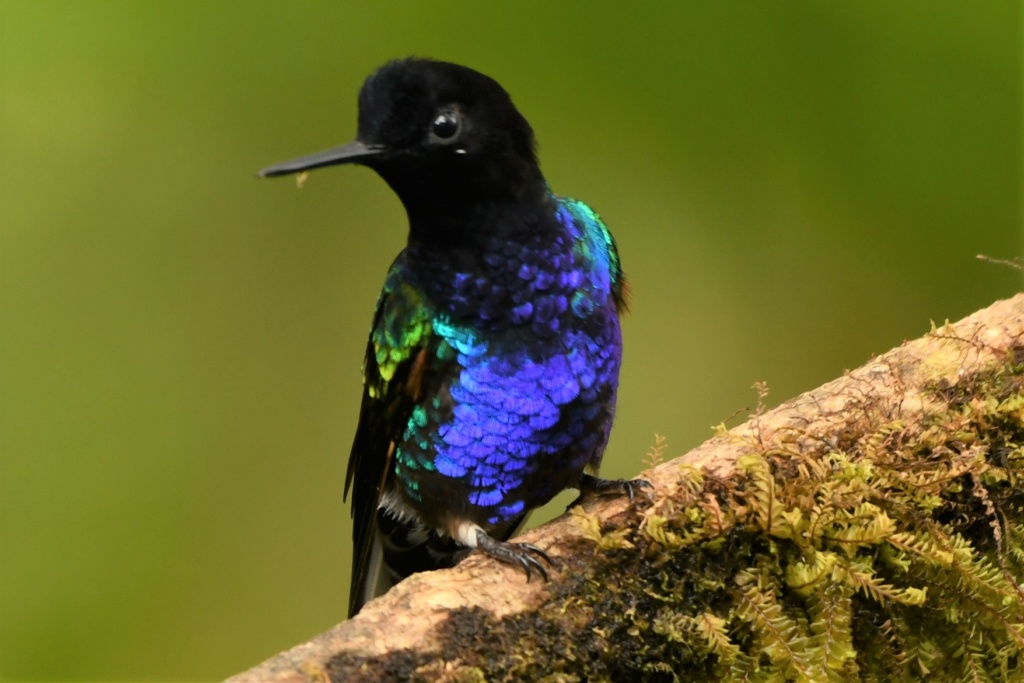
The route from Tandayapa Lodge to Milpe Lodge passed through upland deciduous forest, second-growth, scrub and pastureland. We stopped along the roadway for a lunch break at Santa Tandeo, a small homestead with a backyard converted into a bird-friendly garden with great photo opportunities.
S.J. Milpe Lodge, located within a large tract of rainforest, was absolutely delightful. The dining area featured a three-level deck surrounded by forest. All levels provided good views of birds working through the canopy and middle sections of forest. The lower deck had feeders and, in the early morning, overlooked a section of forest floor with views of relatively secretive understory birds, e.g. Black-headed Ant-thrush and Zeledon’s Antbird.
The best food of the three San Jorge lodges was, hands down, at Milpe. Every meal was a delicious and plentiful combination of local and European cuisines, carefully prepared and presented. Sometimes it was difficult to stop enjoying a meal, grab a binocular and study the latest arrival in the forest a few feet away from the dining table.
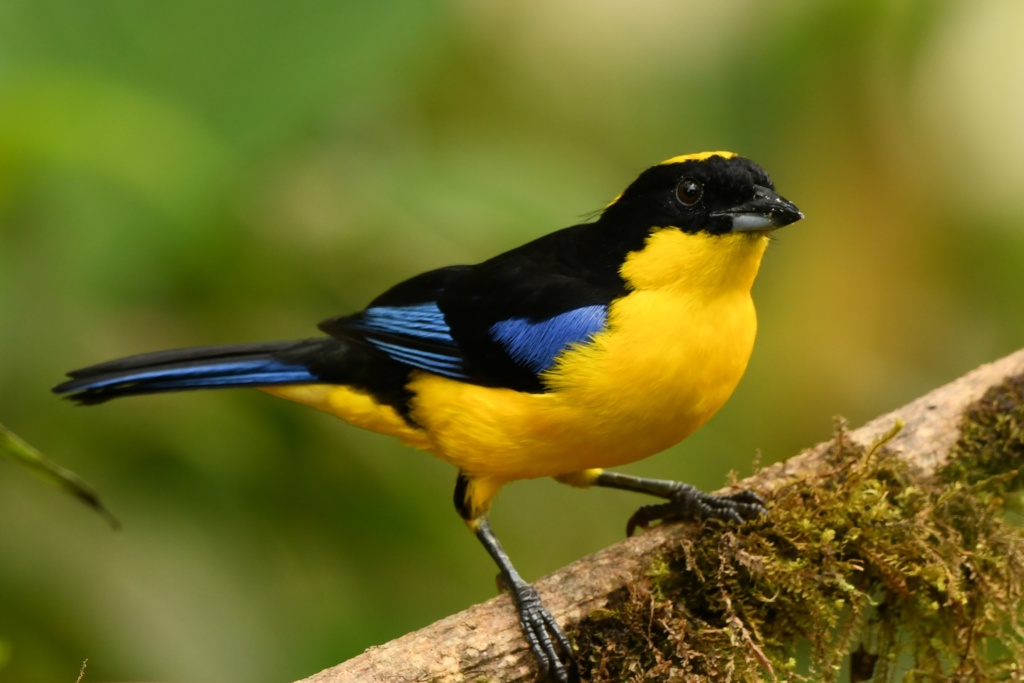
Rooms at Milpe were spacious with large windows offering views of the forest, which was within arm’s reach. The walkways between the rooms and the dining area were also good areas for birding, often producing species at close-range.
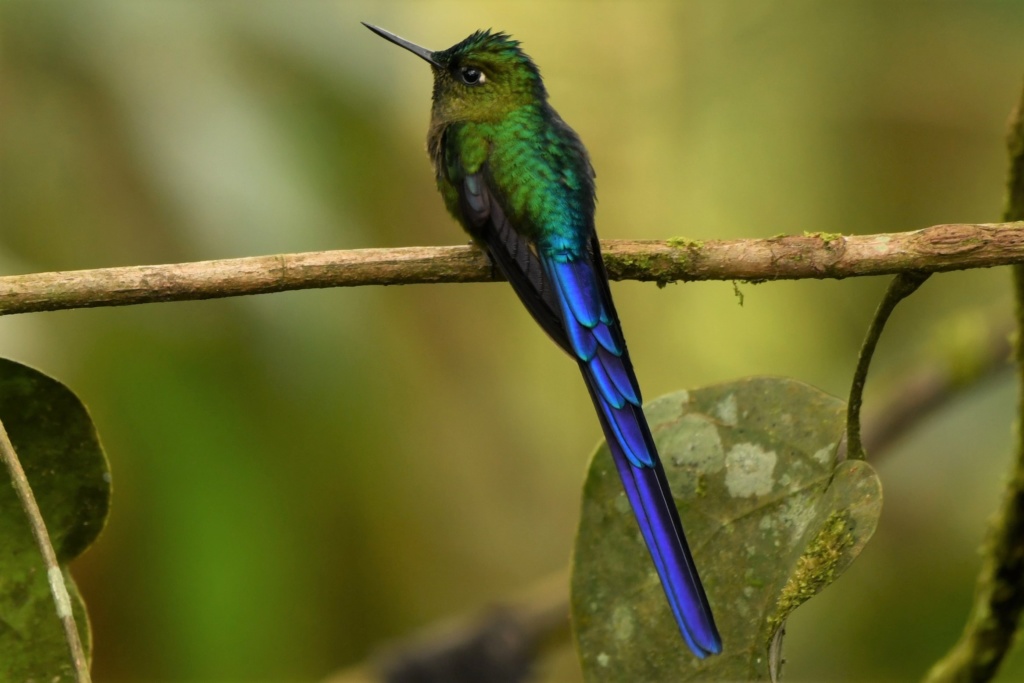
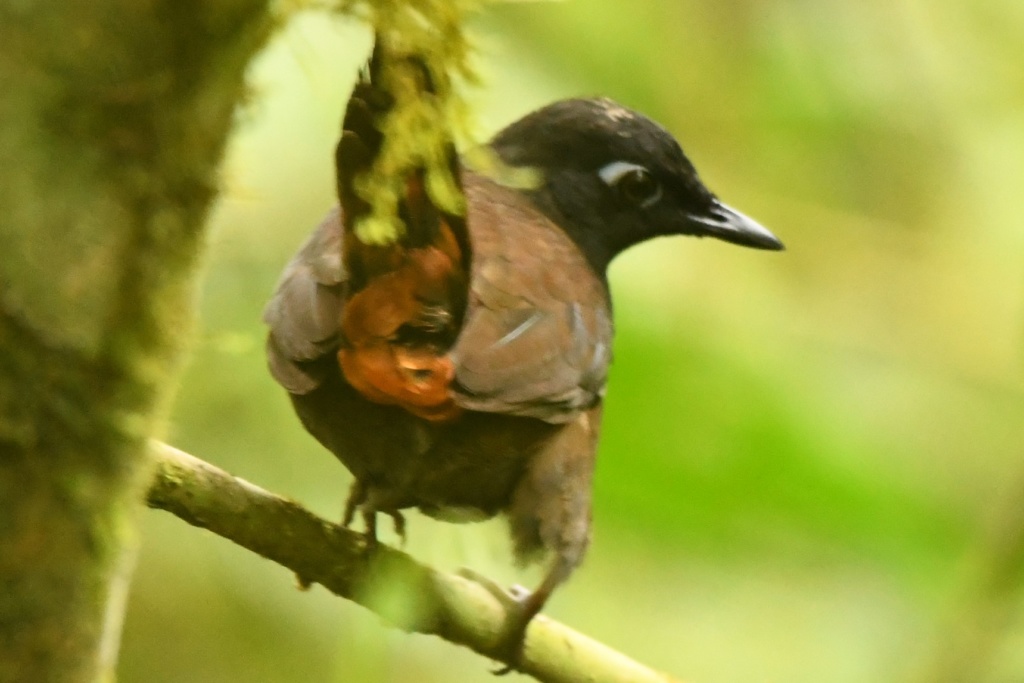
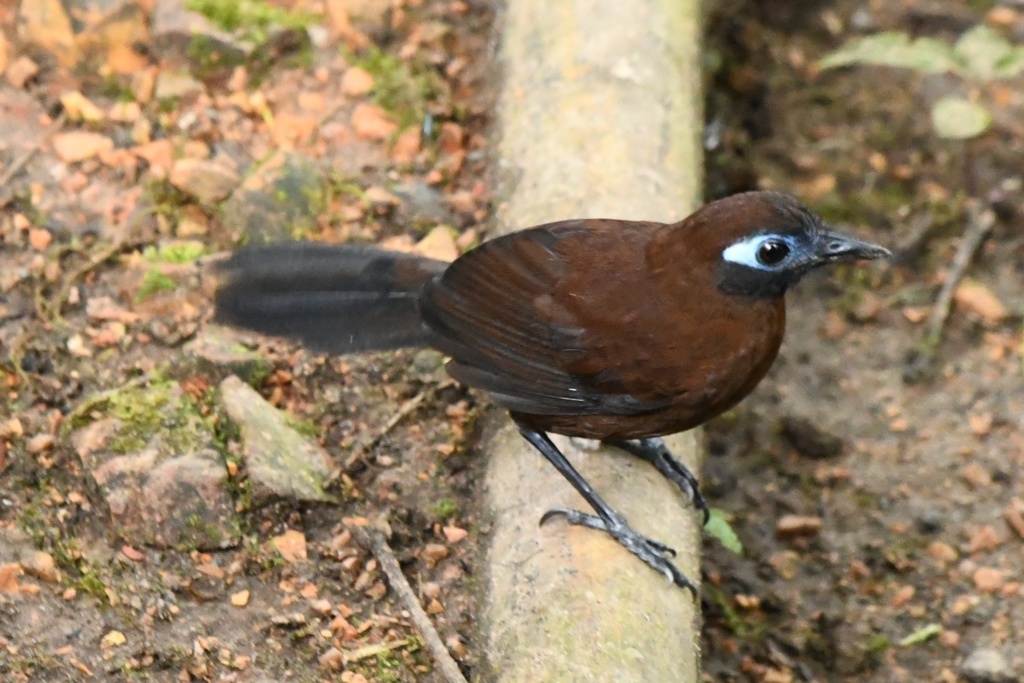
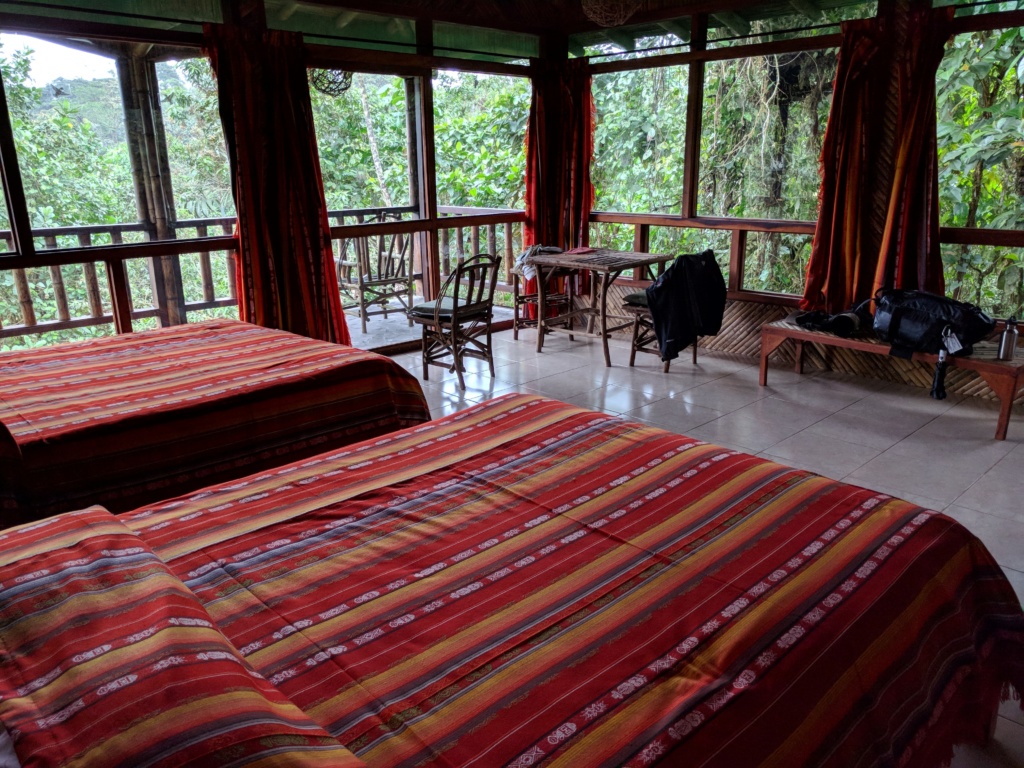
A day-trip to the lowlands of Rio Silanche on November 21, while based at Milpe, was very productive for a number of bird species not encountered elsewhere on the tour, such as, Ruddy Pigeon, Smooth-billed Ani, Striped Cuckoo, Hook-billed Kite, Guyaquil Woodpecker, Golden-olive Woodpecker, Western White-tailed Trogon, Barred Puffbird, Pale-billed Woodcreeper, Gray-billed Cacique, White-bearded Manakin, Choco Tyrannulet, and Yellow-bellied Siskin.
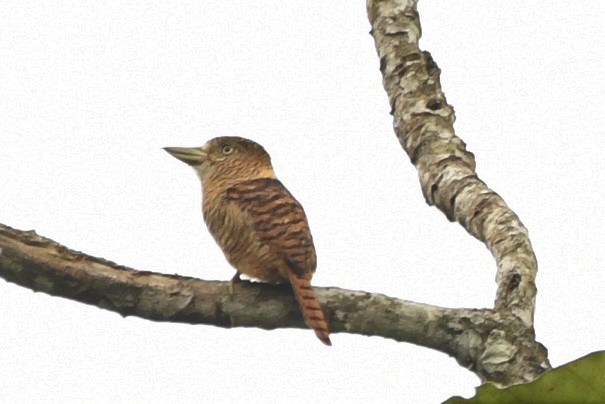
Even with intermittent light rain and high humidity, birds were active and often seen at close-range as we walked the main road down to the river.Habitats surveyed included pastureland, mixed broadleaf evergreen forest, riparian woodland, scrub and second-growth.
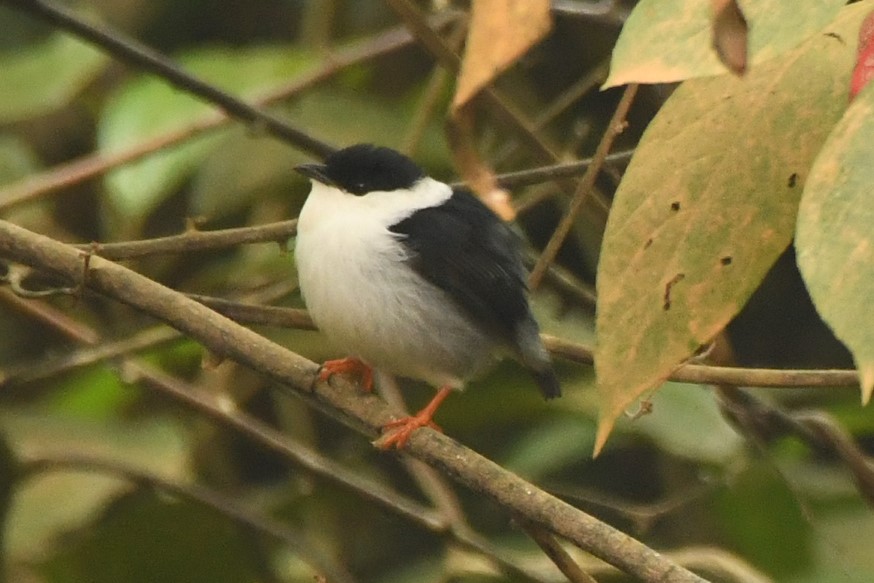
.